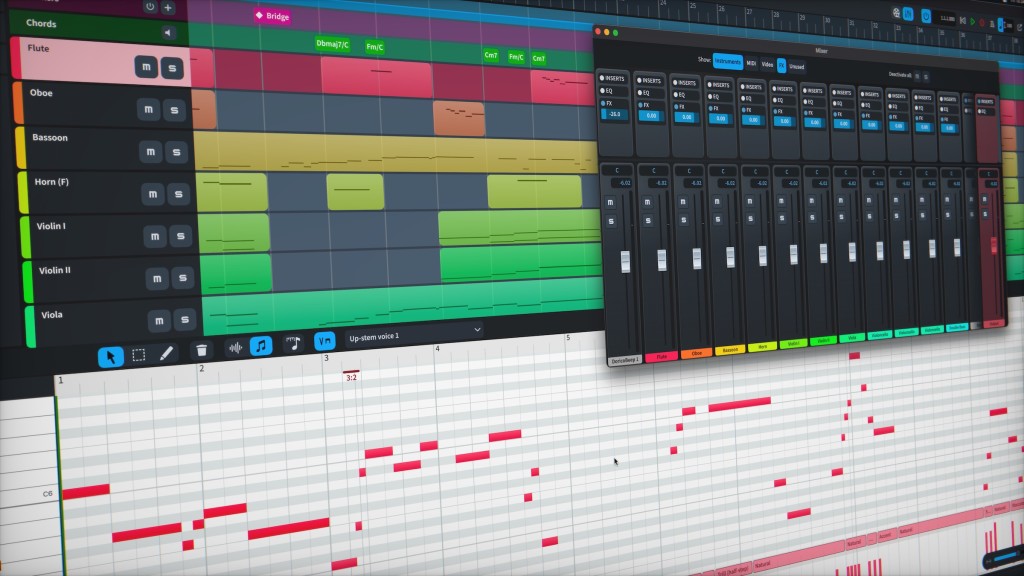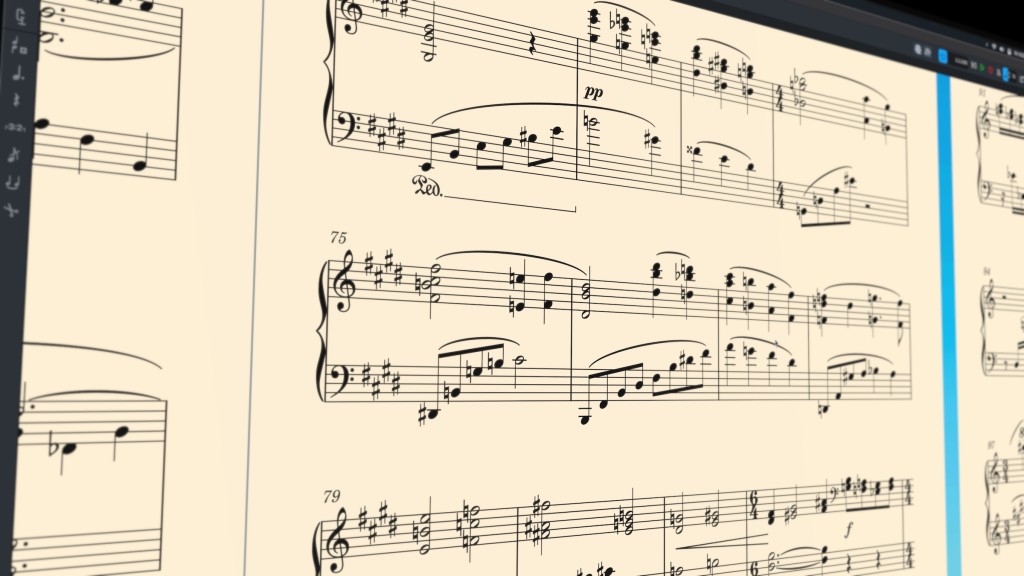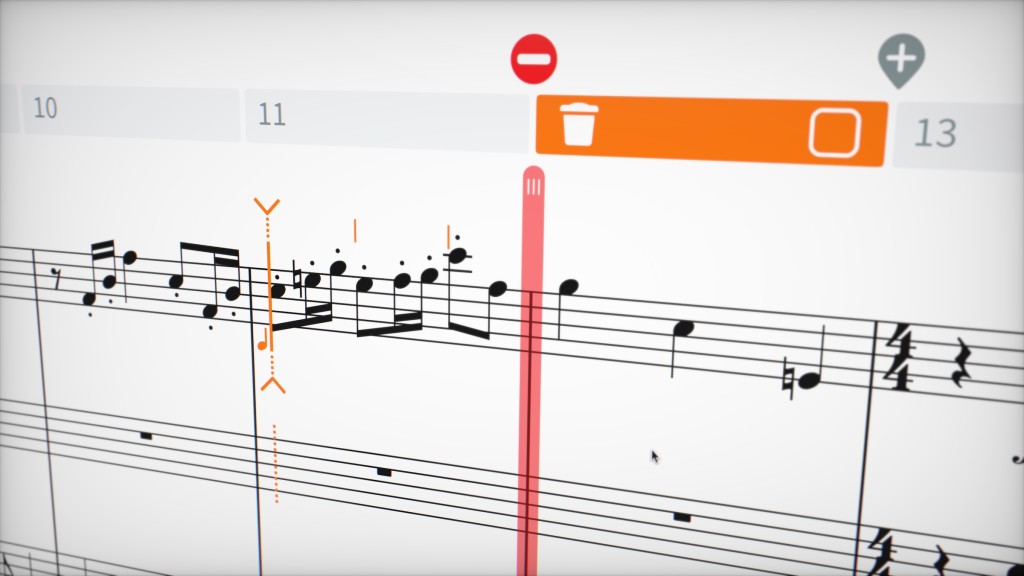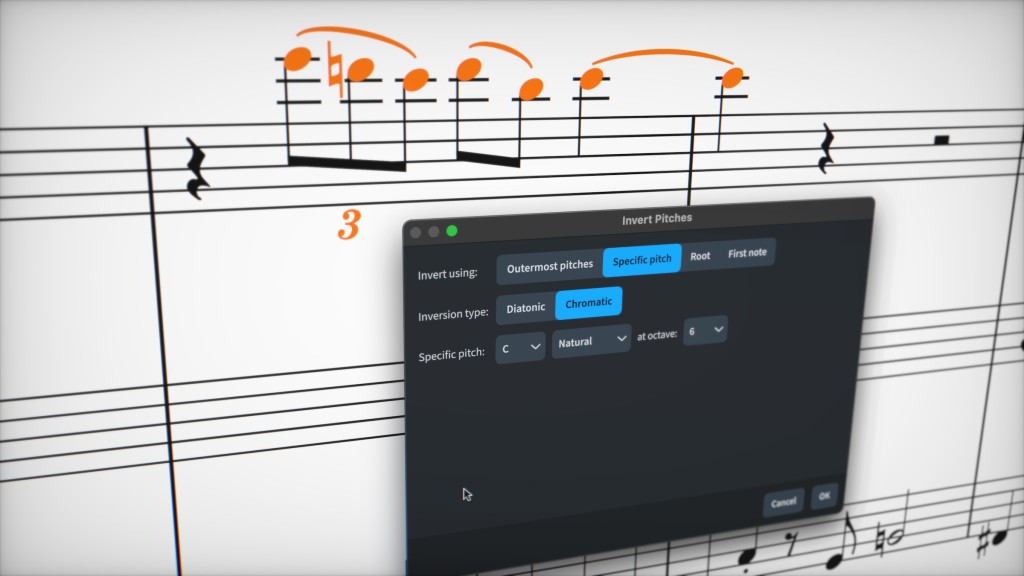As Steinberg’s Dorico 4 matures, at last, we’re seeing a single, elegant tool that produces engraver-quality scores, but also the editing powers you expect from computer music.
Dorico 4, the quick version – the dongles are gone and license management is easier, it’s native on Apple Silicon for the Mac, and there are a ton of additions and improvements in editing and MIDI, plus the usual host of scoring improvements.
But to talk about why this matters in the bigger picture, let’s take a step back.
MIDI and notation
Successfully marrying MIDI and scoring has been a long, long time coming. Even Apple’s Logic started as something called “Notator.” Like Cubase itself, it was a combination score writer – MIDI editor. (Just in case you want to pick up an Atari and some 1987 software.)
Once you’ve seen MIDI, it’s hard to see a score the same way. But notation remains potentially wonderful – for all its limitations and specific cultural boundaries, there remain tons of people who can read it really fast. It’s a peerless way to get ideas across. There are many deeper challenges to trying to fuse essentially late 19th-century western concert score practice and hand engraving with 21st-century global electronic music, which are way too much to go into here in an upgrade preview, but suffice to say that all that tension is really interesting. It gets right at the crux of how music-making is evolving.
Dorico, built with the team who led the development of now Avid-owned Sibelius, already has some strong roots in making score production more fluid. It’s a tall order if you want to really produce publishing-grade output. Even without getting to the invention of the computer, the problem had always been that what composers, arrangers, orchestrators, and musicians do was separate from the role of engraver.

To put it more simply: when you’re working with actual music, you’re constantly changing stuff and messing it up. Making something really fit neatly on the page is usually a separate process and wants the opposite of that. It is also a process that evolved as a specialized practice of people producing scores by hand. There are rules, yes, but they were made for humans, not computers.
Part of why even fairly novice musicians often wind up demanding “high-end” notation software is just that – the potential needs users have can run a huge gamut.
But yes, Dorico 4 puts together Cubase-style MIDI editing with notational know-how that has evolved over generations of music scoring software.
It’s notation software you might comfortably use alongside Cubase – or Ableton Live, or Reaper, or Pro Tools, or whatever. And even though Logic (and Cubase, for that matter) have scoring of their own, the edge with Dorico is really superior workflow and output when what you want is a score. It’s the difference between a notation view and something that really can manage notation jobs, save you time, and even make something serious on the page.

What’s new in Dorico 4
All of this brings us to Dorico 4, which brings a host of improvements but particularly in the area of MIDI editing:

It’s got a Piano Roll. Steinberg calls this the Key Editor, but a piano roll / graphical note editor is really what it is, completely with continuous controller, dynamic, and velocity editing that matches the annotation in the score. (Freaky! But that also means playback and score are matched up – crucial if you need to deliver a demo before you get the players in, as in if you’re working with a filmmaker, for example.)

It imports MIDI – without screwing it up, Steinberg claims. I’m sure we’ll be testing the Smart MIDI import claim, but they promise better intelligence in interpreting which track is which, plus remembering your choices from one import to another.

Polyphonic transcription. This impacts both import and live playing, but the idea is that even separate voices are correctly annotated.

Finally – insert music that works like audio and video tools do. It’s tough to say just how hard this can be in other software, but presume that it’s back to that “scores were made for 19th century hand engravers in a weird evolution that started in church music in the Middle Ages” thing.
Anyway, you can now insert / remove, “ripple” edit like you do in video tools, choose to move materials or enlarge a bar, make free rhythm sections, cadenzas, all that jazz. I’m always curious about unbarred music and graphical annotations. They were already far, far easier in Dorico than in tools like Sibelius or Finale (or a lot of otherwise nice free tools or engraving options). That’s a whole topic, though, and one I hope to discuss with Dorico’s product person, Daniel Spreadbury.
The idea is insert mode scope, and it’s worth exploring in detail, but the easy way to say it is edit like you do in Final Cut/Premiere or your DAW (more or less – even as FInal Cut doesn’t have to manage time signatures).

Transform pitch and rhythm directly, with markings. Rotate / invert / reverse – and assign transformations to slurs, dynamics, techniques, and other markings, too, which as far as I know is entirely a first. They promise you can even change scales or re-map pitches.

On-screen, touch-ready keyboard / frets / drums. One of the early strengths of Sibelius was its keyboard mapping, and that lineage applies to Dorico’s approach in a big way. But if you do have a touch device (mainly on Windows), there are now touch-friendly on-screen input devices. (I think that will also work if you use macOS and an iPad in Sidecar mode – I’ll ask. There’s also an iPad-native edition of Dorico, of course.)
Updated Mixer. This was a little clunky before – it now can be a separate window and the whole UI is rebuilt.
Improved Play Mode, Hub window, Library menu, and UI. There’s more UI taming in general in how Play Mode looks, the Hub, and other UI features.
Bar count regions for numbering bars of repeated material.
Insert Music Text dialog. Finally.
Jump Bar which is – actually just awesome, like Spotlight or other shortcut typing tools, but for moving around your score. See the video below.
Instrument filters, which gives you a powerful way of looking by section / grouping players.
Chord diagram fingering and lots of chord interpretation and symbol improvements. (see videos below)
VST Amp Rack plug-in with guitar amp simulation.
Library Manager is a way of managing your “house styles” and settings across projects.
Parallel improvements in Dorico Elements 4, the entry-level edition.
And importantly, no more stupid authorization. This bodes well not just for Dorico but other Steinberg products, as well, if this screenshot is to be believed:

And more… anyway, I hope to do deep dives not only into Dorico 4, but how 21st century notation might evolve to accommodate more practice from around the world and electronic music becoming a paradigm for performance and composition. Big topics, but they mean a lot to me.
They do need to sell you on this, as updates cost 159 – 99 EUR, so the flagship Dorico isn’t cheap. But that’s all the more reason to check in with the developers and some writers who cover notation use cases specifically.
More info
From the source, though I spoiled everything already:
https://www.steinberg.net/dorico/new-features/
Feature videos, with even more detail: